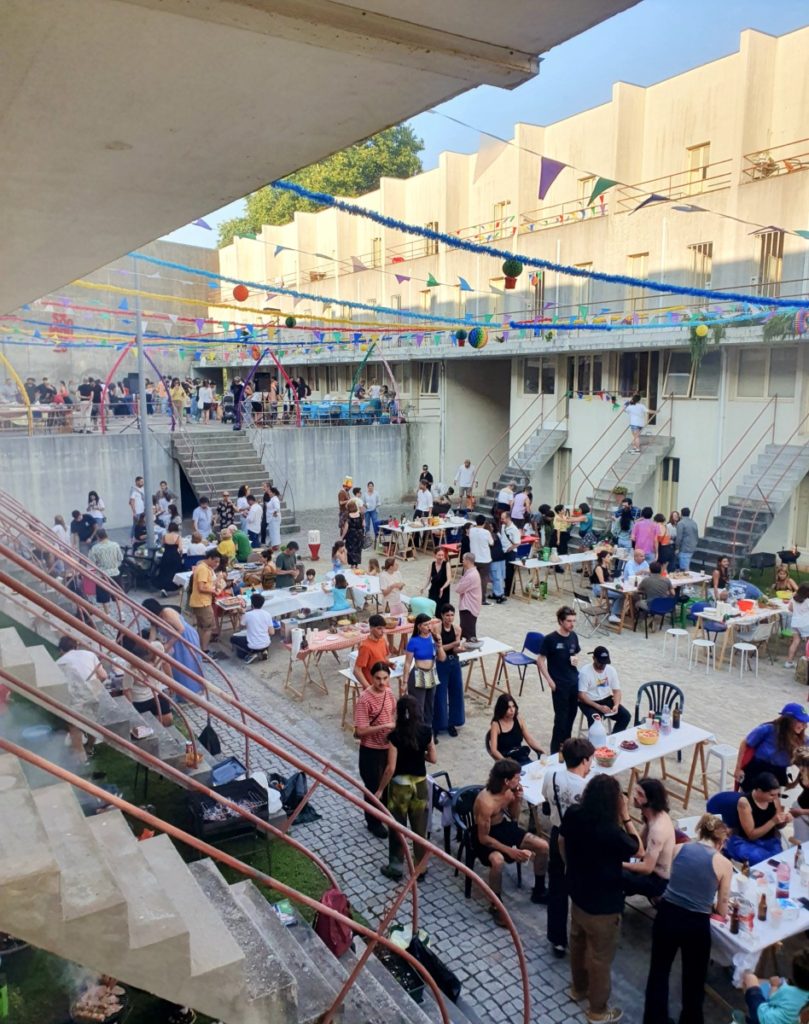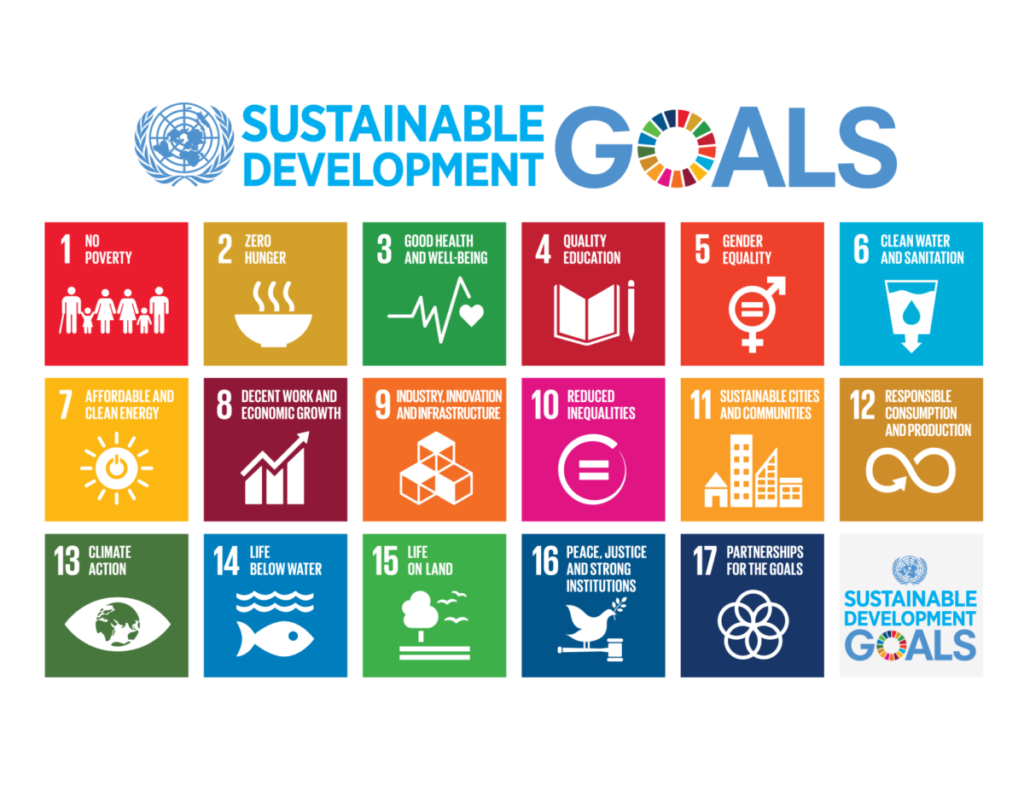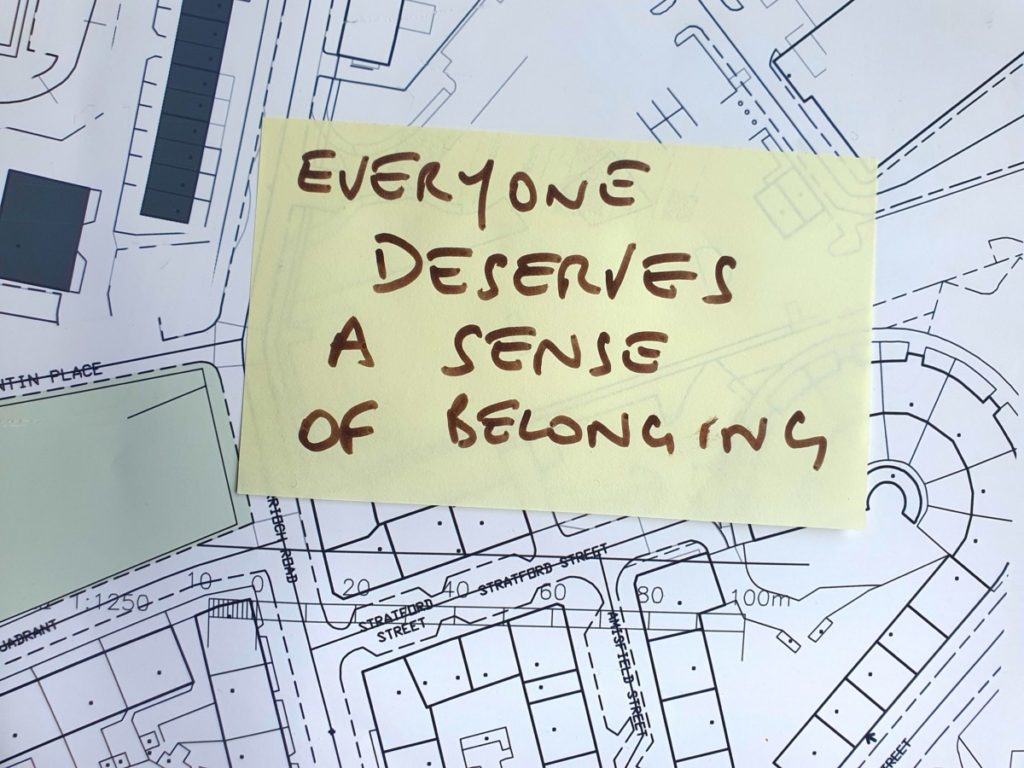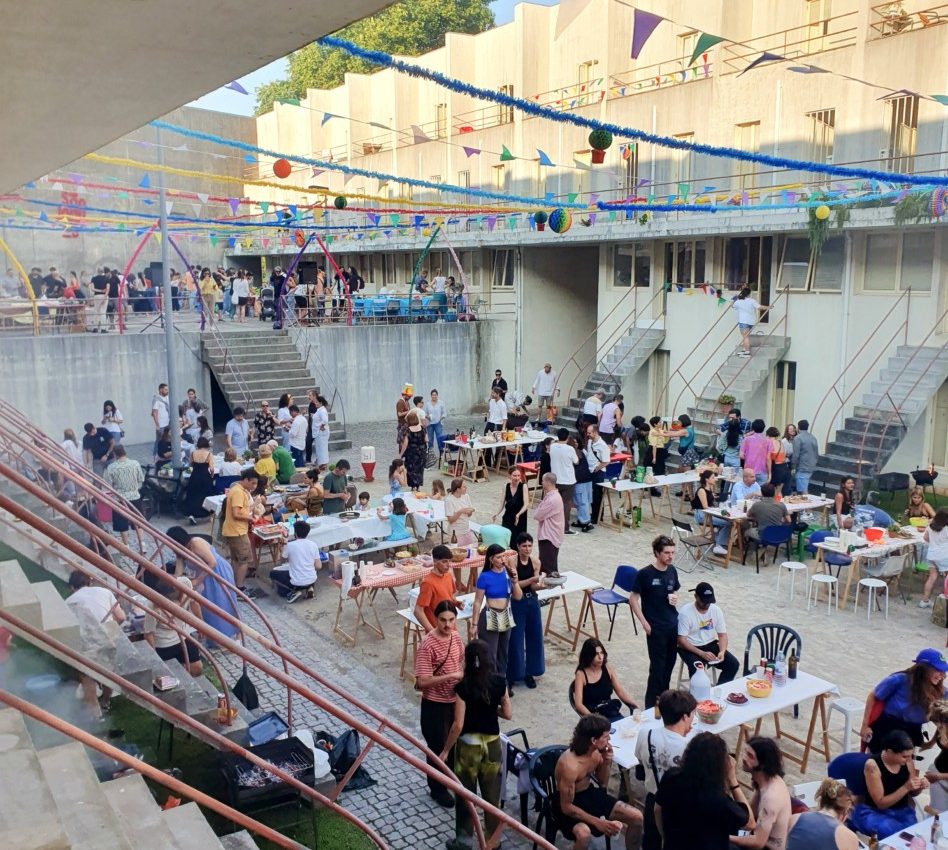Written by:
by Eva Voulgaridou
Dear future placemakers,
You are probably familiar with the sustainability diagram, and its three conditional
dimensions; ecological, economic, and social.
While this schematic representation implies an equal distribution of significance, we must
admit that the aspect of social sustainability remains largely underexplored, especially within
the debate on urban and architectural design.
And although it might be challenging to define and measure, it is crucial that we consider the
social implications of our designs and interventions.

Image Eva Voulgaridou
Connecting the Dots
Following the adoption of Agenda 2030 in September 2015, RIBA signed up to the UN
Global Compact, agreeing to support the 17 Sustainable Development Goals that focused
on various global issues.

The Sustainable Outcomes Guide offers valuable insights and identifies 8 outcomes that the
built environment contributes to. It is worth noting that some SDGs, such as reduced
inequalities, no poverty, and gender equality remain unaddressed.
Surely, however, the built environment is directly or indirectly connected to these global
social issues?
A historiography of social design would suggest that architecture and urbanism are not only
related to the perpetuation of social inequalities, but could also meaningfully contribute
towards alleviating them.
The dangers of isolating targets
With the built environment being responsible for roughly half of the global carbon
emissions,the need to establish targeted goals and limitations in terms of environmental
performance is, of course, immensely urgent!
However, there is a significant danger in pursuing environmental objectives in isolation,
separating them from their intricate social repercussions. Particularly those affecting
underprivileged populations with limited resources and representation.
The risk is magnified when we witness “sustainable” green celebrated and awarded projects
perpetuating unjust urban phenomena of gentrification and unequal access.
Integrating Social Ethics
The Social Value Toolkit, is a good step towards addressing our social impact, as it
introduces a methodology where post-occupancy interview responses are matched with
monetary values deriving from the Social Value Bank. In this way, any delivered project can
calculate how many thousands of pounds of social value it has delivered, based on
individual well-being.
However, we still need to identify an efficient method to integrate social ethics in earlier
project stages, where local needs can meaningfully shape decision making, whether in brief
or design development phases.
A Call for Holistic Solutions
It becomes obvious that there is an urgency for an alternative approach, where we assess
and value our social impact footprint with the same rigour as our carbon one.
What seems to be required first, is a shift both in mindset and in practice. A future approach
where we prioritise the well-being and equity of communities as much as we do
environmental sustainability.

What can we do? you might ask.
We can start by fostering increased community participation in the design process, revisiting
tokenism and manipulation practices so commonly used in current consultation practices.
Our approach should have community engagement and empowerment at its core, as the
benefits this brings into creating resilient environments are undeniable. By empowering
communities to actively participate in decision-making processes, we do not only ensure that
their needs are met, but also foster a sense of ownership and pride in the spaces they
inhabit.
We can challenge ourselves to create briefs that prioritise the provision of affordable housing
and avoid demolition. By safeguarding access to affordable homes, we could contribute to
the social fabric of communities and mitigate the risk of displacement and gentrification,
whilst addressing cost of living and housing crisis issues. We can work with existing
communities and buildings, celebrating the established rich social bonds and the spaces
they develop in.
We can focus our design in empathy and understanding the unique needs and challenges
that different community members face, creating spaces that truly cater to their well-being.
A simple action roadmap overlayed with each design stage, would be a fairly good first step.

Ultimately, addressing equity as professionals requires us to challenge the longstanding
perception of architecture as a profit-driven and space-maximising profession, and
eventually ask the unavoidable question:
“Who are we designing for?”

